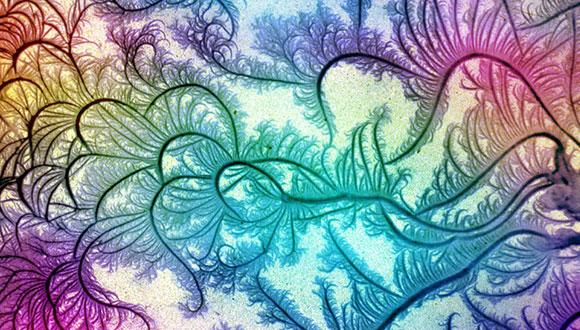Condensed Matter Seminar: Ratchet based Ion Pumps for selective ion separations
Gideon Segev, TAU Engineering
Zoom: https://tau-ac-il.zoom.us/j/85779688797
Abstract:
Even though highly selective ion pumps are found in the membrane of every living cell, artificial ion selective separation is a longstanding unmet challenge in science and engineering. The development of a membrane-based ion separation technology can drive a dramatic progress in a wide range of applications such as: water treatment, bio-medical devices, extraction of precious metals from sea water, chemical sensors, solar fuels and more. In this contribution we report the experimental demonstration of ion pumps based on an electronic flashing ratchet mechanism. Electronic flashing ratchets are devices that utilize a temporal modulation of a spatially asymmetric electric field to drive steady state current. Like peristaltic pumps, where the pump mechanism is not in direct contact with the pumped fluid, electronic ratchets induce a net current with no direct charge transport between the power source and the pumped charge carriers. Thus, electronic ratchets can be used to pump ions in steady state with no electrochemical reactions between the power source and the pumped ions resulting in an 'all-electric' ion pump. Ratchet-based ion pumps (RBIPs) were fabricated by coating the two surfaces of nano-porous alumina wafers with gold, thus forming nano-porous capacitor-like devices. The electric field within the nano-pores is modulated by oscillating the capacitor voltage. Thus, when immersed in a solution, ions within the pores experience a modulating electric field resulting in ratchet-based ion pumping. The RBIPs performance was studied for various input signals, geometries, and solutions. RBIPs were shown to drive ionic current densities of several uA/cm^2 even when opposed by an electrostatic force. A significant ratchet action was observed with input signal amplitudes as low as 0.1V thus demonstrating that RBIPs can drive an ionic current with no associated redox reactions. An important hallmark of ratchets is the ability to invert the direction of particle flow with a change in the input signal frequency. The stopping frequency, which is the frequency at which the particle flux changes its direction, is determined by the potential distribution and particles transport properties. As a result, for a given ratchet, there can be a frequency at which particles with the same charge, but different diffusion coefficients, are transported in opposite directions. This concept, that was never applied to ion separations, can enable the extraction of ions with extremely low relative concentrations if their diffusion coefficient is even slightly different from the main ions in the solution. We show by simulation, that for the prevalent ions in water, ions with a relative diffusion coefficient difference as small as 1% can be driven to opposite directions with a velocity difference as high as 1.2 mm/s. Since the direction of ion transport is determined by the input signal frequency, the sorting properties can be tuned in real time providing a simple fit-to-purpose solution for a variety of ion separations applications.
Event Organizer: Dr. Dominik Juraschek


